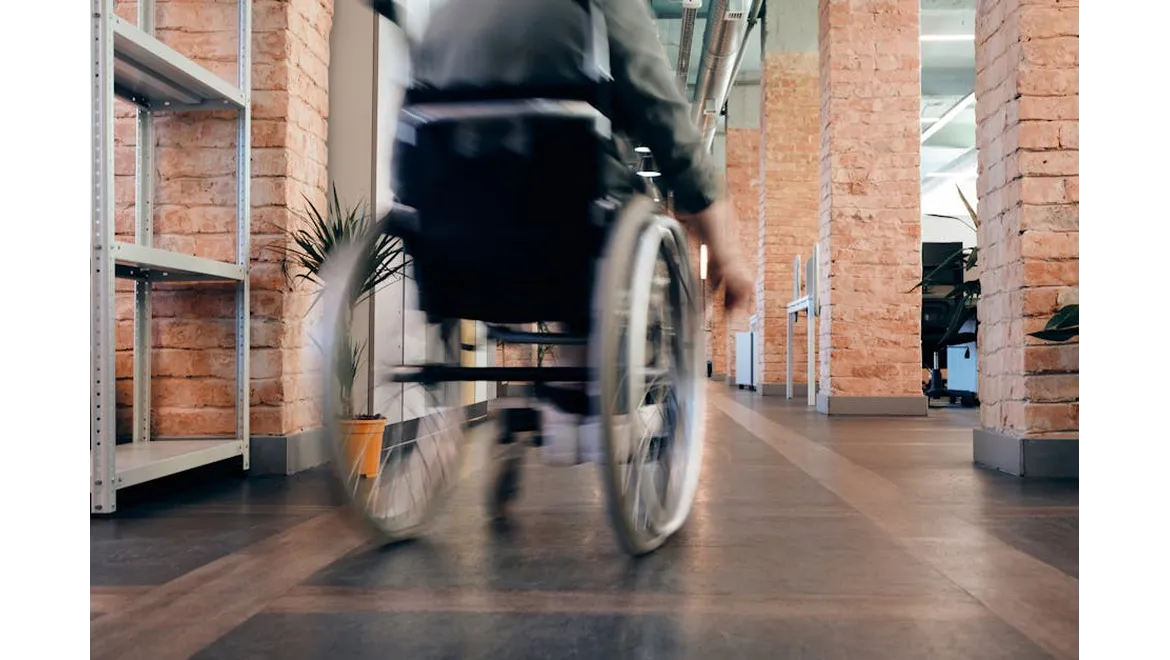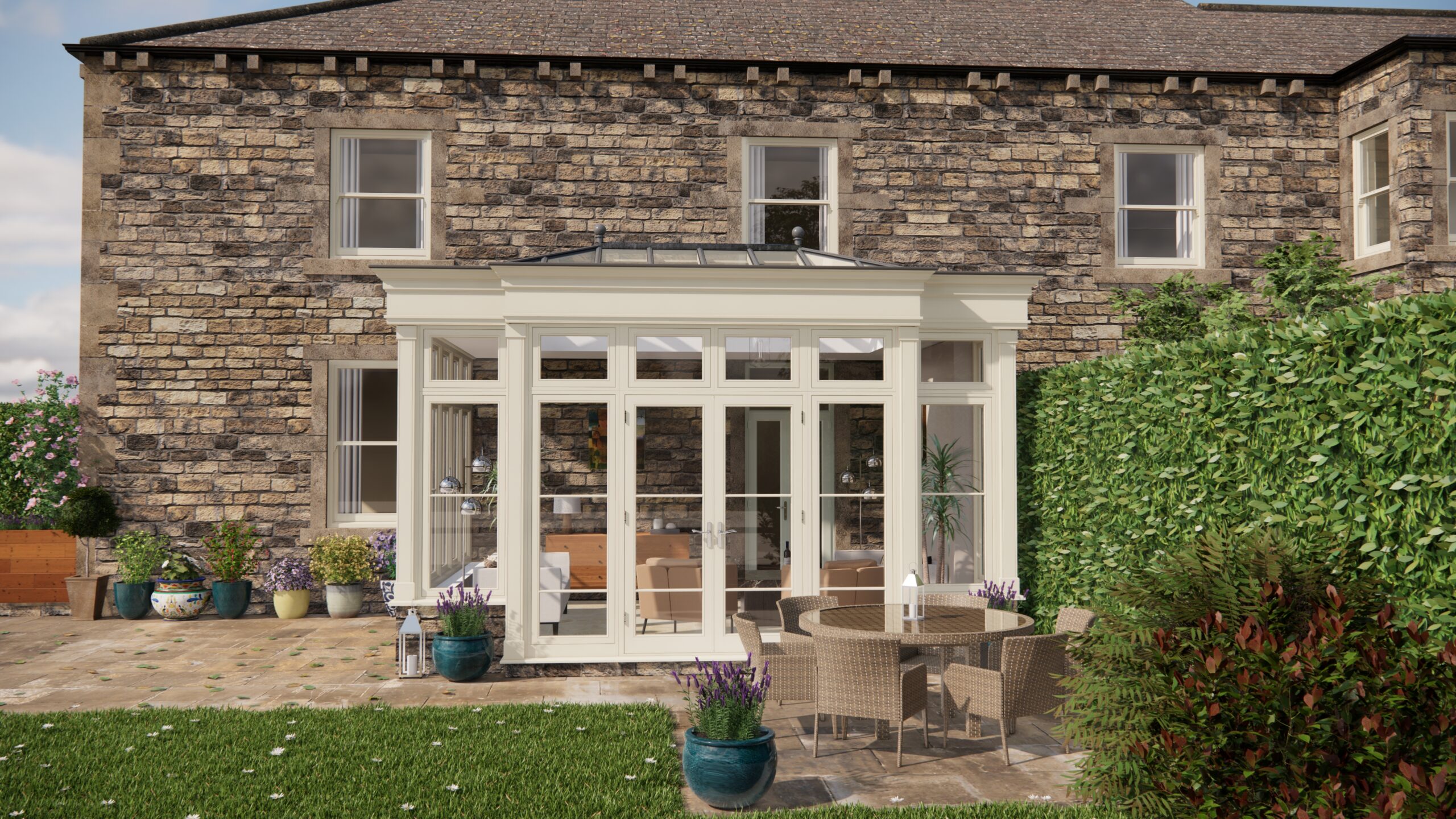I was catching up with my friend Toby the other day, and we somehow ended up deep in a discussion about gardens – not just any gardens, but UK gardens designed for everyone. You know, the kind where my Aunt Mildred, who uses a walking stick, can potter about happily, and my energetic niece can still find space to play. It’s all about planning and accessibility, and making sure the garden is a joy all year round. I’ve been doing a fair bit of research lately on ‘Designing and Planning a UK Garden for Year-Round Enjoyment’, so I was keen to hear his thoughts and experiences.
“So, Toby,” I began, stirring my tea, “you’ve always had a lovely garden, but I know accessibility has become more important recently. What’s been your biggest challenge?”
Toby chuckled. “Definitely the pathways! We had these charming, but treacherous, stepping stones. Mildred nearly took a tumble last summer. We replaced them with level, wider pathways – gravel bound with resin, actually. It’s firm, doesn’t get muddy, and is easy to navigate with a stick or even a wheelchair. I really recommend it – it has transformed how we can use the space!”
That sparked a thought. “What about raised beds? I’ve seen some gorgeous ones in articles about ergonomic gardening. Thinking about reducing bending and stretching.”
“Absolutely essential,” Toby agreed. “We built some raised beds from reclaimed sleepers. They’re about waist height, so no more back-breaking weeding! And they look fantastic. We’ve got herbs, vegetables, and some lovely scented flowers in them. It makes gardening so much easier and enjoyable – and extending the growing season by a few weeks!”
We moved on to the topic of seating. I remember reading an article about incorporating comfortable and accessible seating areas, designed for different purposes. “Have you considered different types of seating for different areas?” I asked.
“Good point! We have a traditional wooden bench near the herb garden, which is lovely for a quick rest. But we also invested in some higher chairs with armrests for the patio, making it easier for my Dad to get up and down. And a weatherproof recliner near the lawn for sunny afternoons. The key is to think about comfort and support. A little investment goes a long way towards making the space usable for a wider range of people.”
Toby then touched on the importance of plant selection. He emphasised choosing plants that are low-maintenance and pose no safety hazards. “Avoid anything with vicious thorns, obviously,” he laughed. “And poisonous berries! Opt for plants that are relatively easy to care for and provide year-round interest – things like evergreen shrubs, winter-flowering heathers, and spring bulbs. We also have a lot of lavender and rosemary; they smell wonderful and are very drought-tolerant.”
I mentioned an article I’d read about creating distinct zones in the garden for different activities and aesthetics. “Thinking about year-round visual interest,” I explained, “the article suggested using different textures and colours to create a sense of depth and intrigue, even in winter.”
“That’s clever,” Toby mused. “We’ve tried to do that with our hardscaping. We have a paved area near the house, a gravel path winding through the flowerbeds, and a small lawn. Each area has a different feel. We’ve also been thinking about adding a water feature to introduce a new sensory element, especially as it would be lovely to hear and see during the duller months.”
And then we got onto his Orangery. “I know you’ve invested in a fantastic Orangery.” I said “How does that enhance your enjoyment of the garden, particularly when it is not suitable to be outside?”
“The Orangery has been transformative. It’s like bringing the garden indoors during the colder months. We’ve filled it with citrus trees, which thrive in the bright, sunny space, and some tropical plants that wouldn’t survive outside. The scent is incredible. The Orangery acts as a buffer between the house and the garden, providing a transition zone where we can enjoy the view and the light, whatever the weather. It really extends the gardening season and offers a refuge during inclement weather. It has a ramped access from the patio for all year-round accessible enjoyment.”
Our conversation underscored the importance of thoughtful planning. Creating level pathways with suitable materials, using raised beds for easier gardening, and providing comfortable, supportive seating are all crucial. Choosing low-maintenance, non-hazardous plants that offer year-round interest is also key, as is the use of the Orangery. And finally, creating distinct zones within the garden adds to the appeal and makes it more adaptable for different needs and activities. By considering these elements, we can create UK gardens that are truly inclusive and enjoyable for everyone, regardless of age or ability.


